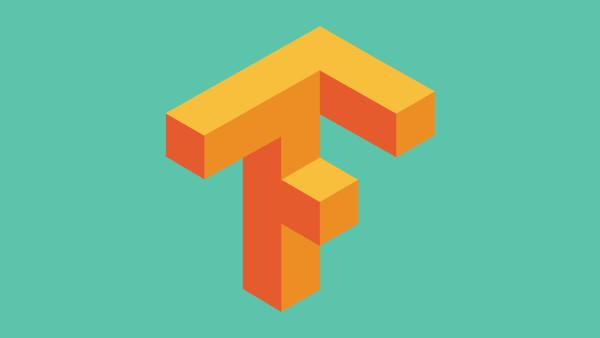Science fiction and fantasy has created a world where injuries are healed in a flash using certain devices and spells. What if that could be possible in the real world? That might well be the case thanks to a technology developed at the Ohio State University called Tissue Nanotransfection (TNT).
TNT is just a small silicone chip the size of a coin which delivers genetic code into skin cells, which are then transformed into a different kind of cell needed to treat a particular condition.
The technology clearly has the potential to save lives given what it can do. A car crash victim’s chance of survival is increased if their wounds can be tended to straightaway. There’s also a higher chance of saving a wounded soldier’s life if this technology is available in the battlefield.

Proof that it works
Of course, any new technology, including a breakthrough such as this one, needs to be tested. The Ohio State University team has so far conducted lab tests and all of them have been positive.
The device works by mounting it on the skin where it delivers genes to the tissue underneath it with the help of an electrical field.
In one test, TNT was able to completely repair the injured legs of mice in just a few weeks. After just one touch, active blood vessels started showing on the mice’s injured legs. By the second week, the mice’s legs look to have been healed.
TNT in this case reprogrammed the mice’s skin cells into vascular cells needed to regulate blood flow throughout the body.
Works on more than just skin cells
Chandan Sen, director of the Center for Regenerative Medicine and Cell-Based Therapies, said that TNT can restore any kind of tissue. A mouse that suffered a stroke regained brain function when it was treated with TNT, which grew brain cells on its skin.
The technology, according to Sen, can transform skin cells into elements of a different organ with just a single touch.
A breakthrough technology
The use of TNT marks the first reprogramming of cells on a live body. Many scientists are working in ways to reprogram cells in order to repair the body, but this one is different. What makes it stand out is the elimination of the step where pluripotent stem cells, which can convert into different cell types, are created.
A study published in Nature Nanotechnology notes that the current methods of cell therapy are risky because they involve introducing a virus and take too many steps.
With TNT, no laboratory or hospital is needed to perform the healing. The use of the technology in lab tests also showed no side effects. Plus, it will only take a second to treat a patient.
TNT weighs less than 100 grams and has a long shelf life.
Waiting for approval
Chen has been working on the project for four years and expects the technology to be carried out on human subjects within the year. For now, TNT is still awaiting approval from the Food and Drug Administration.

